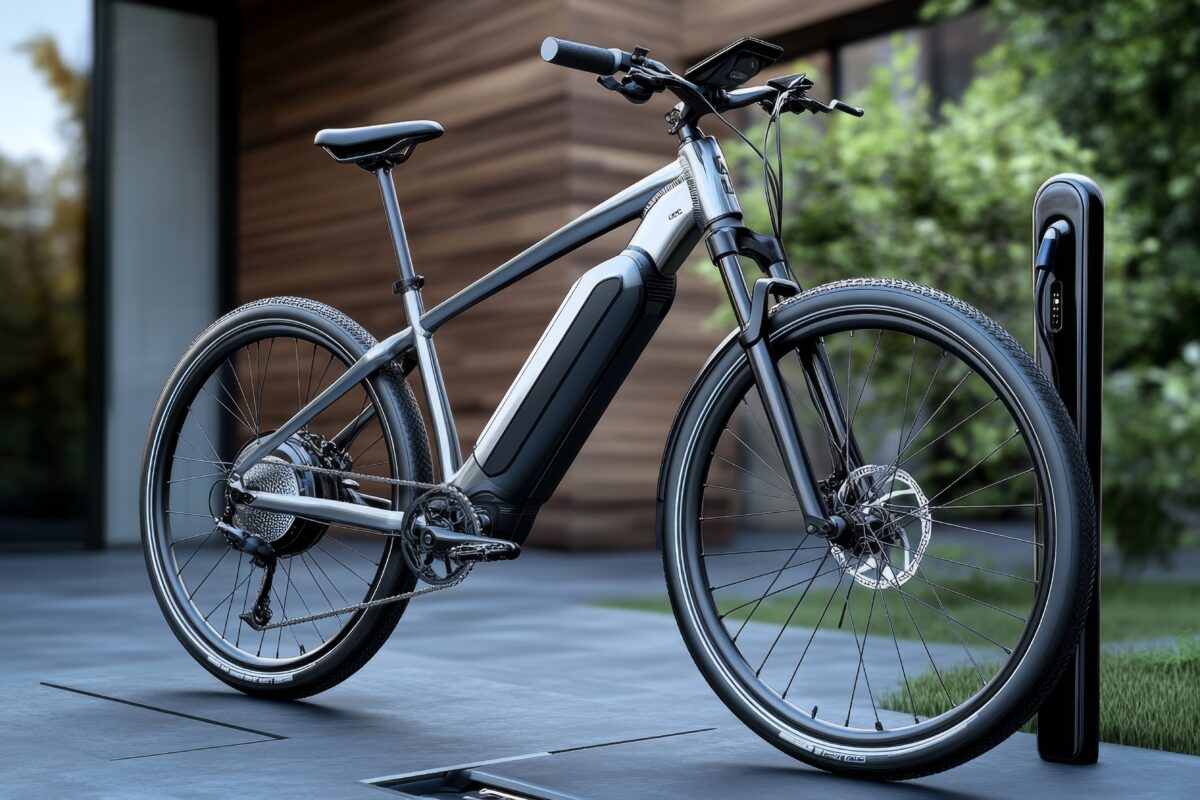Electric Bikes, Road Safety
Safe E-Bike Charging & Storage: Best Practices for Battery Safety
E-bikes are an excellent way to travel efficiently and sustainably, but their lithium-ion batteries require careful handling to ensure safety. Improper charging or storage can lead to fire hazards, reduced battery lifespan, and performance issues. Here’s how to safely use, charge, and store your e-bike to minimise risks.
Use Approved Chargers
Using the correct charger is essential to maintaining battery health and preventing malfunctions. Always:
-
Use the charger provided with your e-bike or a certified alternative that meets the battery’s specifications.
-
Check for the Regulatory Compliance Mark (RCM) on chargers to ensure they meet Australian electrical safety standards.
Safe Charging Practices
Lithium-ion batteries require safe handling while charging. Follow these key guidelines:
-
Never leave batteries unattended while charging or charge them overnight.
-
Disconnect the charger once the battery is fully charged to prevent overheating.
-
Charge on non-combustible surfaces—avoid placing batteries on beds, sofas, carpets, or other flammable materials.
-
Keep the charging area well-ventilated to prevent heat build-up.
Proper Storage of E-Bikes and Batteries
Storing your e-bike correctly can prolong battery life and enhance safety. When storing:
-
Keep e-bikes and batteries in a well-ventilated area, away from exit doors, escape routes, and flammable materials.
-
Preferably store in a garage, shed, or carport, rather than inside living spaces.
-
Avoid damp or humid areas, as moisture can damage battery components.
Fire Safety Measures
Battery fires, though rare, can be dangerous. Take precautions to enhance safety:
-
Install a smoke alarm or heat alarm in areas where you charge your e-bike.
-
If possible, have interconnected smoke alarms installed by a licensed electrician.
-
Never charge a damaged battery, as faulty batteries pose a higher fire risk.
Avoid Exposure to Heat and Moisture
Extreme temperatures and moisture can degrade battery life and pose safety risks. To prevent damage:
-
Do not leave e-bike batteries in direct sunlight, parked cars, or any excessively hot area.
-
Keep batteries away from water and damp environments to avoid short circuits.
Monitor for Battery Damage
Damaged lithium-ion batteries can be hazardous. Check for warning signs such as:
-
Swelling, leaking, overheating, or unusual odours.
-
Reduced battery performance or inconsistent charging.
-
Visible damage to the battery casing or charging port.
If you notice any of these signs, stop using the battery immediately and seek professional repair or replacement from a qualified technician.
Charge & Store Your E-Bike Safely
By following these safety guidelines, e-bike users can enjoy a safer riding experience while extending the lifespan of their batteries. Proper charging, storage, and handling will not only protect your investment but also minimise fire hazards and improve overall performance. Always use certified equipment, charge responsibly, and store your e-bike in a safe location to ride with confidence.
Why Choose Power Bike Kits?
At Power Bike Kits, we provide ebike kits that comply with Australian laws. Our kits offer:
-
Reliable, road-legal motors – 200W (throttle) / 250W (pedelec). (We also offer other wattage options, so please check the listing details carefully.)
-
Durable batteries for long-lasting performance
-
Expert support to help you choose the right kit for your needs
Our products meet CE certification, ensuring compliance with EU safety, health, and environmental standards.
Disclaimer: This information is provided as general guidance only. E-bike safety standards and regulations may change over time. Always check local government websites to ensure compliance with the most current safety guidelines and laws.
Sources:
- https://www.mfs.sa.gov.au/community-safety/safety-and-education/fact-sheets/lithium-ion-batteries,-tools-and-e-bikes-battery-and-charging-safety
- https://www.dailytelegraph.com.au/lifestyle/fire-and-rescue-nsws-urgent-warning-to-parents-this-xmas/news-story/3b1a9a072140ab9a13390244766a9fbc
- https://www.theaustralian.com.au/nation/inquest-ordered-after-275-lithiumion-batteries-caused-fires-in-nsw-alone/news-story/37c63f11e5cb49d598deb22d251a2e9a
- https://www.fire.nsw.gov.au/page.php?id=9431&ebikes
- https://www.mfs.sa.gov.au/community-safety/safety-and-education/fact-sheets/lithium-ion-batteries,-tools-and-e-bikes-battery-and-charging-safety

